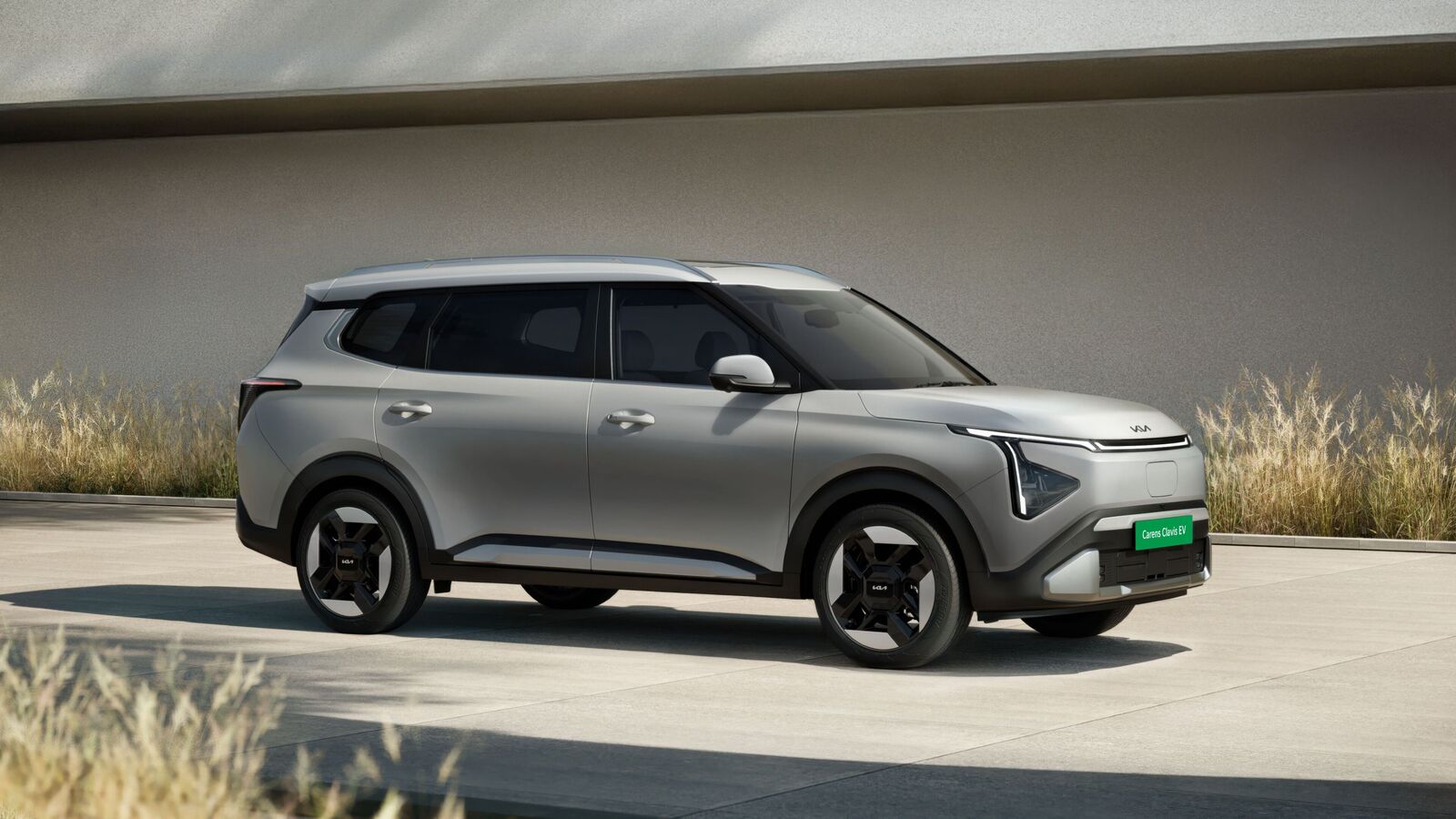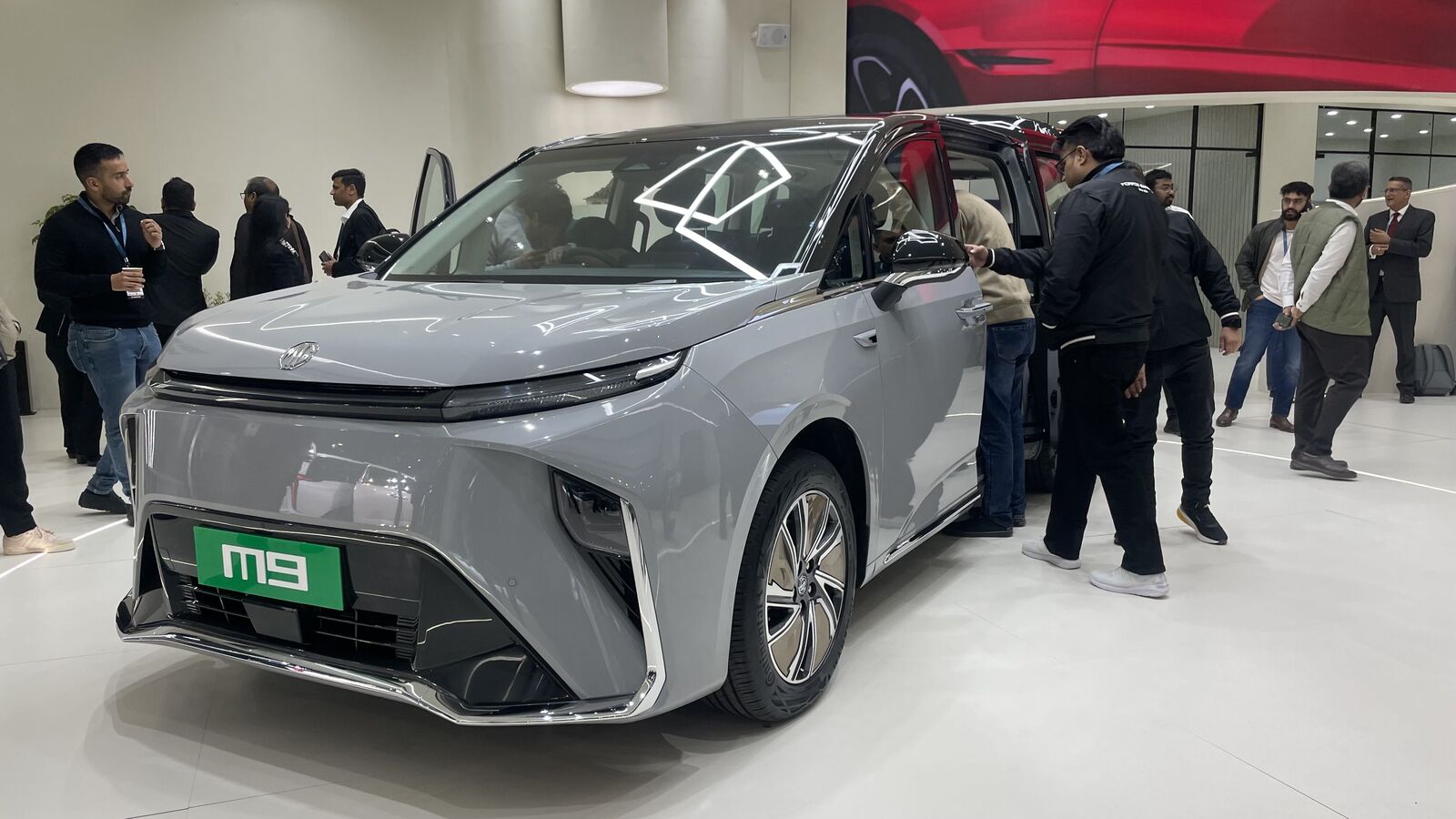
- Essential Tips to Drive in the Rains Include Avoiding Deep Water, ENSURING VEHICLE Readness and Using Fog Lamps for Visibility.
View personalized offers on
As Heavy Rains Sweep Across India, they brings much-needed relieve from the scorching summer. But for motorists, it also also means a serial uptick in waterlogged streets, traffic snarls, and car truals. With reports of road flooding in parts of Delhi, Mumbai and other Major Cities, The Water Can Cause Major Damage to Vehicles and Pose Serious Safety Risks If an individual isn Bollywood for the found for the found for Scenarios.
Taking a less precattions before you drive out during the rains can save you from expensive repairs and potential desires. Remember, when in Doubt, Park it out. It’s Always Safer to Wait Than to Risk Driving Through Deep Water. Here are a few essential tips to protect your car and ensure
Avoid waterlogged roads
If you see a stretch of road submerged in water, take a different route, even if it’s a longer one. Driving through Deep Water Can lead to engine hydrostatic lock, a costly issue that Occurs when Water Enters The Engine.
Know Your Vehicle’s Wading Depth
Every car has a limit to how much water it can safely wade through, Known as the wading depth. For hatchbacks and sedans, this is usually Around 300mm. SUVs can go slightly Deeper (up to 500–600mm), but even then, caution is key. Check your car’s manual or the manufacturer’s website for accurate information.
Maintain a steady speed
If you absolutely must cross a waterlogged area, do so at a steady, Slow pace in first gear, keeping the engine revs up. Avoid Sudden Acceleration or Braking, which can splash water into the engine bay or cause loss of control.
Turn off the ac
Switching off your ac helps the load on the engine. Also, keep the windows slightly open to prevent fogging and ensure visibility.
Avoid cranking a submerged engine
If your car stalls in water, do not attempt to restart it immediatily. Starting a waterlogged engine can cause permanent internal damage. INTEAD, Call for Roadseide Assistance or a Toving Service.
Use hazard lights and fog lamps
Visibility during heavy rain or in low-loving area can drop drustically. Turn on your fog lamps and hazard lights to make your vehicle more visible to others.
Dry your brakes after exiting water
After you cross a flooded road, lightly tap the brake pedal while driving slowly. This helps dry the brake pads and restores braking efficiency.
Keep Tyres Properly Inflated
Under-inflated types increase the risk of aquaplaning, where the car loses traction and control on wet surfaces. Make sure your types have enough stread depth and correct pressure before heading out.
Get Monsoon-Praoof Accessories
Use Rubber Floor Mats, Waterproof Car Seat Covers, and Door Visors to Protect your interiors from muddy water and moisture. A car body cover can protect the exterior if you park in open areas.
Service and Inspector Electrical Systems
Moisture can cause major issues in the car’s electrical systems, especially in older vehicles. Ensure your battery, wiring, fuses, and lights are in top shape. Anti-Rust Coating for Underbody Protection is also advisable.
Additional, it is always used to have a working gps and an emergency contact app on your mobile device. This helps you find alternative routes and connect to Assistance Quickly If you get stranded. Stay Safe, Drive Smart and Tackle Flooded Routes Responsibly!
Get Insights Into Upcoming Cars in India, Electric Vehicles, Upcoming Bikes in India and Cutting-Edge Technology Transforming The Automotive Landscape.
First Published Date: 27 May 2025, 14:30 pm IST







